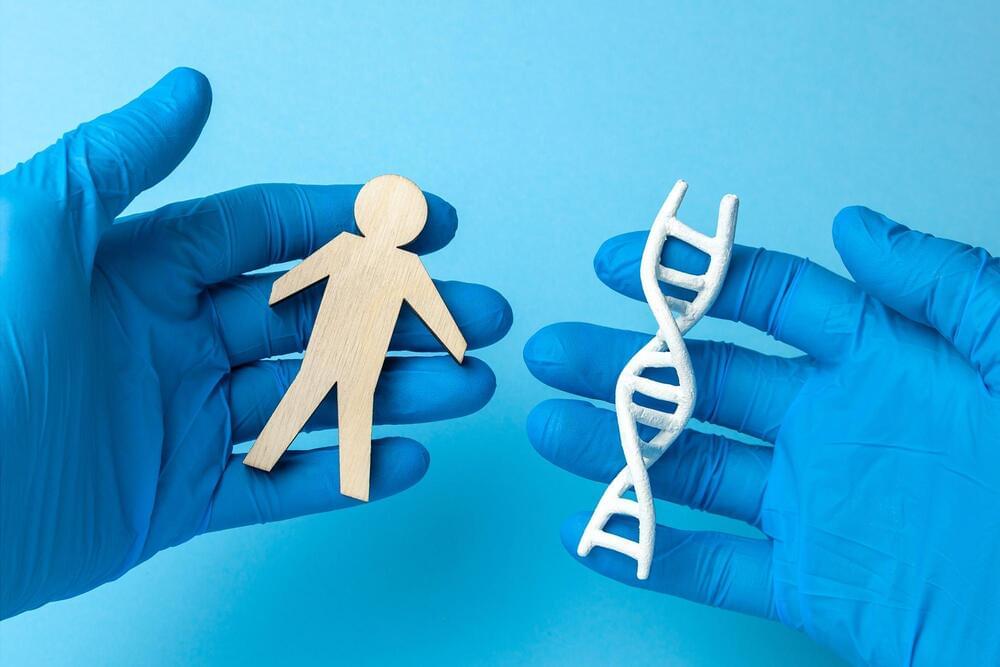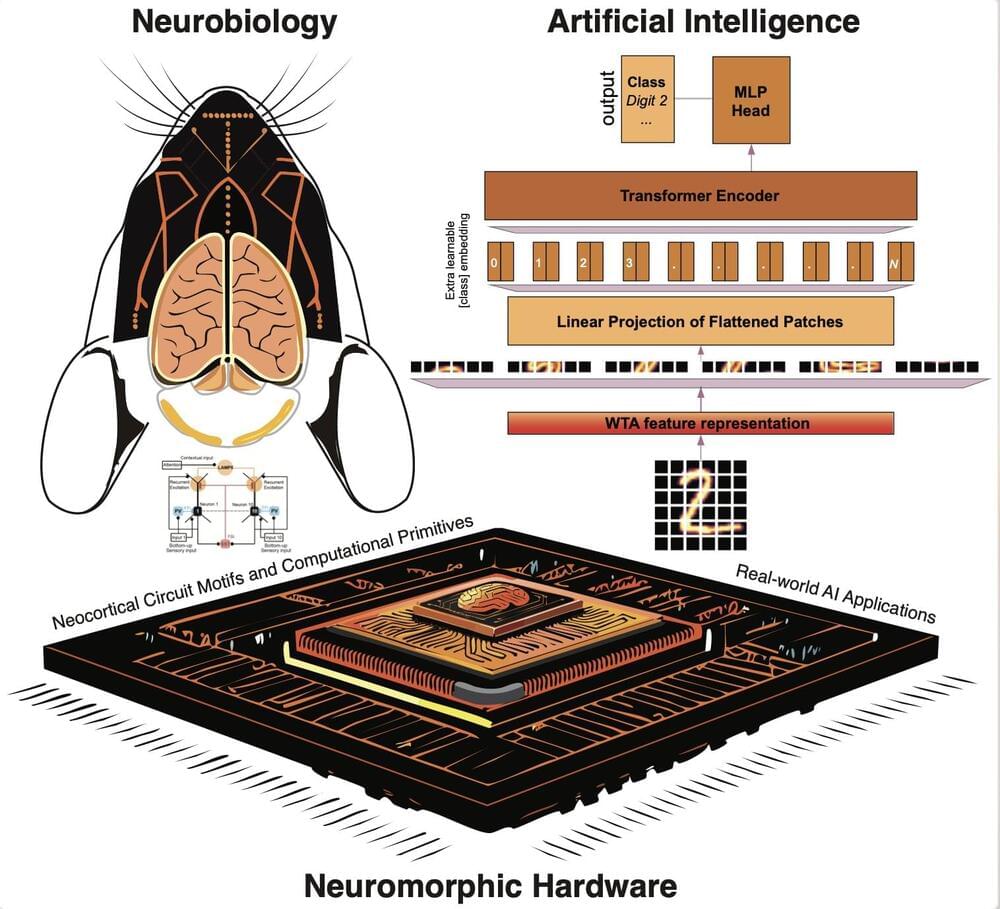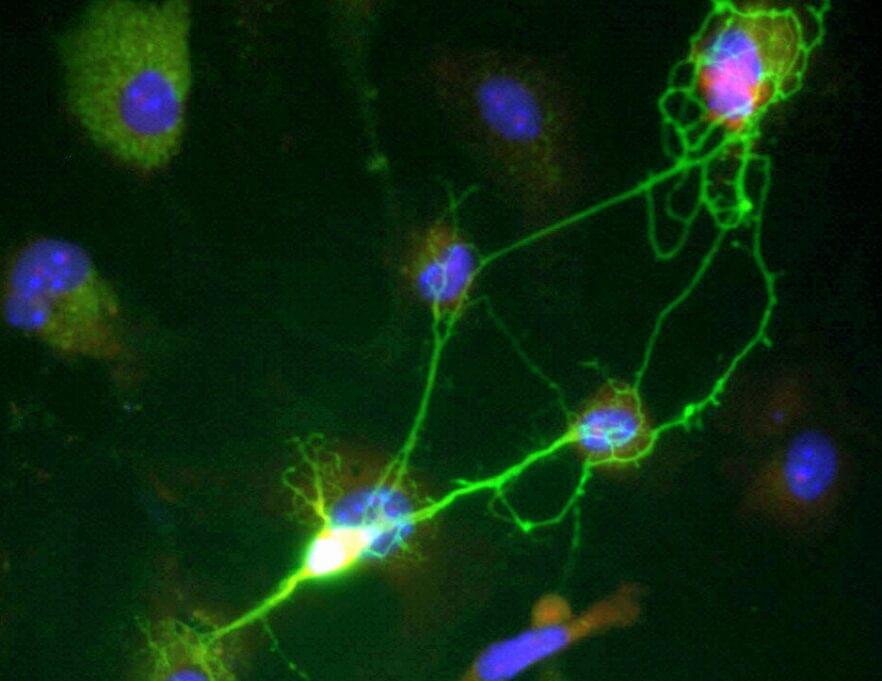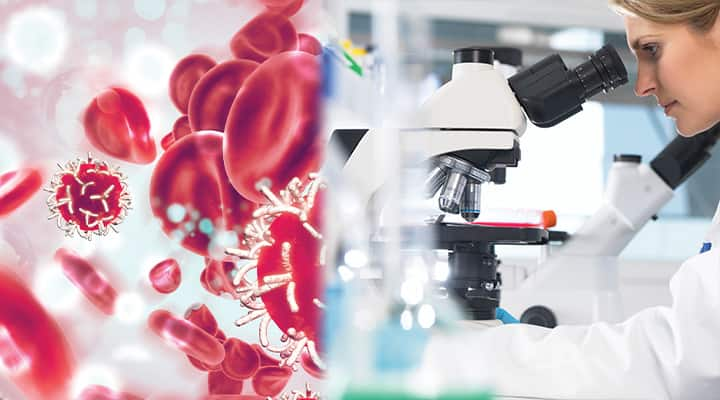A new study shows that using DNA analysis for newborn screening can detect far more serious, yet treatable, health conditions than traditional methods. The study, called GUARDIAN, is one of the first large-scale projects to use genome sequencing for newborns, and early results suggest that this approach could greatly improve medical care for children.
Early findings from a study on newborn screening reveal that DNA analysis detects significantly more preventable or treatable serious health conditions than traditional screening methods. Most parents offered the option of genome sequencing prefer it.
The study, called GUARDIAN, is among the first large-scale research projects globally to use genome sequencing for newborn screening. It is also the first to release preliminary results.





